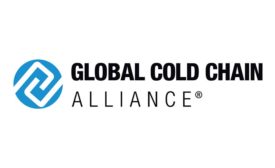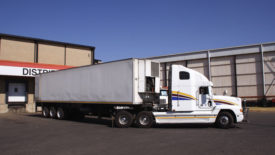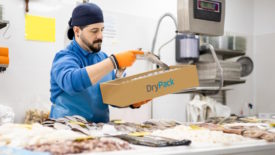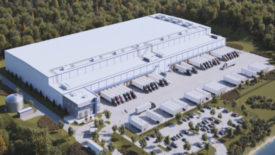Home » cold chain
Articles Tagged with ''cold chain''
Metropolitan Realty Associates Acquires New York Cold Storage Site
Building was formerly occupied by global baking giant, Europastry USA.
February 22, 2024
CJ Logistics America to Open State-of-the-Art Cold Storage in Georgia
Project being led by RL Cold will featured 30,000 pallet positions and an onsite USDA inspection room.
January 31, 2024
FROM THE COLD CORNER
What Food Manufacturers & Processors Should Know About Building Cold Facilities
The design-build process for refrigerated and frozen food manufacturing, processing and cold storage sites.
January 29, 2024
Get our new eMagazine delivered to your inbox every month.
Stay in the know on the latest food and beverage manufacturing markets.
SUBSCRIBE TODAYCopyright ©2024. All Rights Reserved BNP Media.
Design, CMS, Hosting & Web Development :: ePublishing










